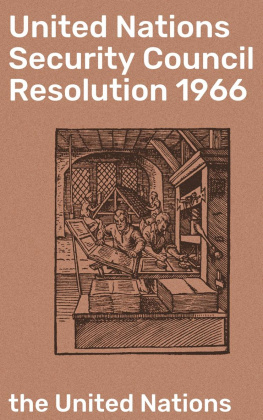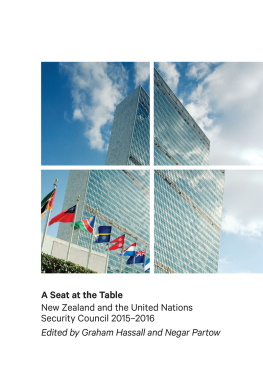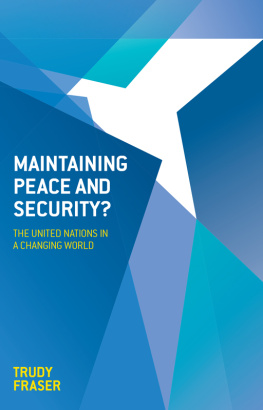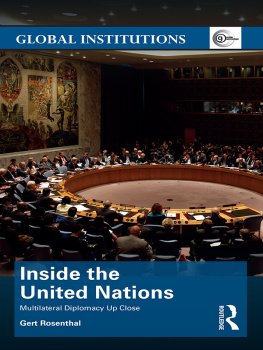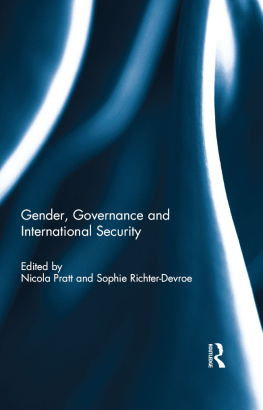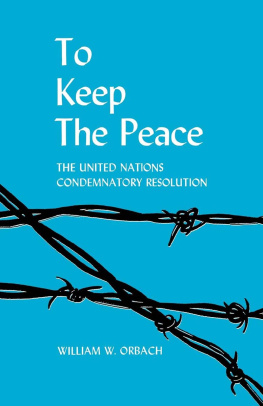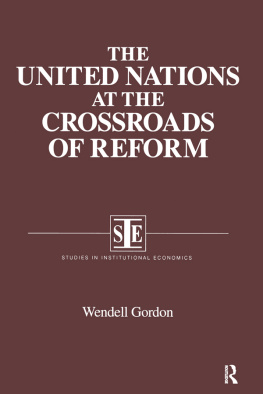The Security Council,
Recalling Security Council resolution 827 (1993) of 25 May 1993, which established the International Tribunal for the former Yugoslavia (ICTY), and resolution 955 (1994) of 8 November 1994, which established the International Criminal Tribunal for Rwanda (ICTR), and all subsequent relevant resolutions,
Recalling in particular Security Council resolutions 1503 (2003) of 28 August 2003 and 1534 (2004) of 26 March 2004, which called on the Tribunals to take all possible measures to complete investigations by the end of 2004, to complete all trial activities at first instance by the end of 2008, and to complete all work in 2010 (completion strategy), and noting that those envisaged dates have not been met,
Acknowledging the considerable contribution the Tribunals have made to international criminal justice and accountability for serious international crimes, and the re-establishment of the rule of law in the countries of the former Yugoslavia and in Rwanda,
Recalling that the Tribunals were established in the particular circumstances of the former Yugoslavia and Rwanda as ad hoc measures contributing to the restoration and maintenance of peace,
Reaffirming its determination to combat impunity for those responsible for serious violations of international humanitarian law and the necessity that all persons indicted by the ICTY and ICTR are brought to justice,
Recalling the statement of the President of the Security Council of 19 December 2008 (S/PRST/2008/47), and reaffirming the need to establish an ad hoc mechanism to carry out a number of essential functions of the Tribunals, including the trial of fugitives who are among the most senior leaders suspected of being most responsible for crimes, after the closure of the Tribunals,
Emphasizing that, in view of the substantially reduced nature of the residual functions, the international residual mechanism should be a small, temporary and efficient structure, whose functions and size will diminish over time, with a small number of staff commensurate with its reduced functions,
Welcoming the Report of the Secretary-General (S/2009/258) on the administrative and budgetary aspects of the options for possible locations for the archives of the International Tribunal for the former Yugoslavia and the International Criminal Tribunal for Rwanda and the seat of the residual mechanism(s) for the Tribunals,
Acting under Chapter VII of the Charter of the United Nations ,
1. Decides to establish the International Residual Mechanism for Criminal Tribunals (the Mechanism) with two branches, which shall commence functioning on 1 July 2012 (branch for the ICTR) and 1 July 2013 (branch for the ICTY), respectively (commencement dates), and to this end decides to adopt the Statute of the Mechanism in Annex 1 to this resolution;
2. Decides that the provisions of this resolution and the Statutes of the Mechanism and of the ICTY and ICTR shall be subject to the transitional arrangements set out in Annex 2 to this resolution;
3. Requests the ICTY and the ICTR to take all possible measures to expeditiously complete all their remaining work as provided by this resolution no later than 31 December 2014, to prepare their closure and to ensure a smooth transition to the Mechanism, including through advance teams in each of the Tribunals;
4. Decides that, as of the commencement date of each branch referred to in paragraph 1, the Mechanism shall continue the jurisdiction, rights and obligations and essential functions of the ICTY and the ICTR, respectively, subject to the provisions of this resolution and the Statute of the Mechanism, and all contracts and international agreements concluded by the United Nations in relation to the ICTY and the ICTR, and still in force as of the relevant commencement date, shall continue in force mutatis mutandis in relation to the Mechanism;
5. Requests the Secretary-General to submit at the earliest possible date, but no later than 30 June 2011, draft Rules of Procedure and Evidence of the Mechanism, which shall be based on the Tribunals Rules of Procedure and Evidence subject to the provisions of this resolution and the Statute of the Mechanism, for consideration and adoption by the judges of the Mechanism;
6. Decides that the Rules of Procedure and Evidence of the Mechanism and any amendments thereto shall take effect upon adoption by the judges of the Mechanism unless the Security Council decides otherwise;
7. Decides that the determination of the seats of the branches of the Mechanism is subject to the conclusion of appropriate arrangements between the United Nations and the host countries of the branches of the Mechanism acceptable to the Security Council;
8. Recalls the obligation of States to cooperate with the Tribunals, and in particular to comply without undue delay with requests for assistance in the location, arrest, detention, surrender and transfer of accused persons;
9. Decides that all States shall cooperate fully with the Mechanism in accordance with the present resolution and the Statute of the Mechanism and that consequently all States shall take any measures necessary under their domestic law to implement the provisions of the present resolution and the Statute of the Mechanism, including the obligation of States to comply with requests for assistance or orders issued by the Mechanism pursuant to its Statute;
10. Urges all States, especially States where fugitives are suspected to be at large, to further intensify cooperation with and render all necessary assistance to the Tribunals and the Mechanism, as appropriate, in particular to achieve the arrest and surrender of all remaining fugitives as soon as possible;
11. Urges the Tribunals and the Mechanism to actively undertake every effort to refer those cases which do not involve the most senior leaders suspected of being most responsible for crimes to competent national jurisdictions in accordance with their respective Statutes and Rules of Procedure and Evidence;
12. Calls upon all States to cooperate to the maximum extent possible in order to receive referred cases from the Tribunals and the Mechanism;
13. Requests the Secretary-General to implement the present resolution and to make practical arrangements for the effective functioning of the Mechanism from the first commencement date referred to in paragraph 1, in particular to initiate no later than 30 June 2011 the procedures for the selection of the roster of judges of the Mechanism, as provided in its Statute;
14. Requests the Secretary-General to prepare, in consultation with the Security Council, an information security and access regime for the archives of the Tribunals and the Mechanism prior to the first commencement date referred to in paragraph 1;
15. Requests the Tribunals and the Mechanism to cooperate with the countries of the former Yugoslavia and with Rwanda, as well as with interested entities to facilitate the establishment of information and documentation centres by providing access to copies of public records of the archives of the Tribunals and the Mechanism, including through their websites;


